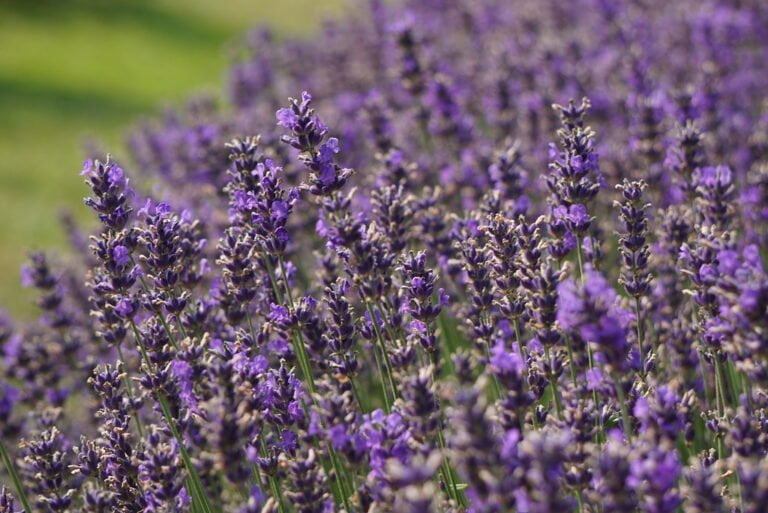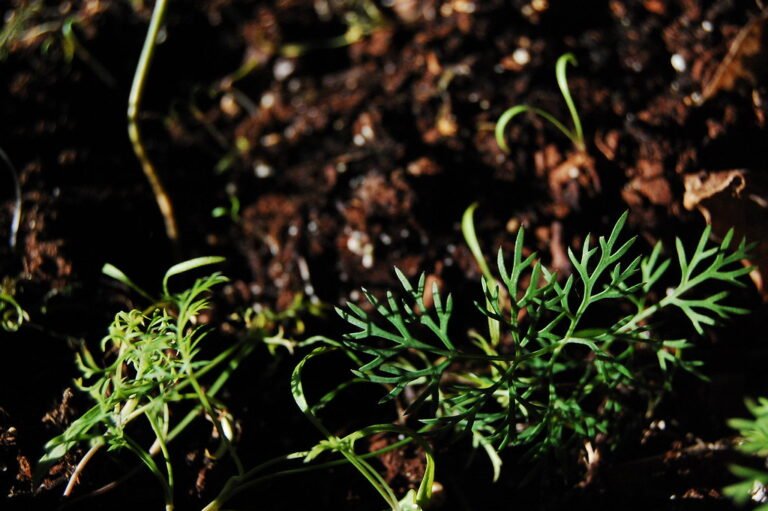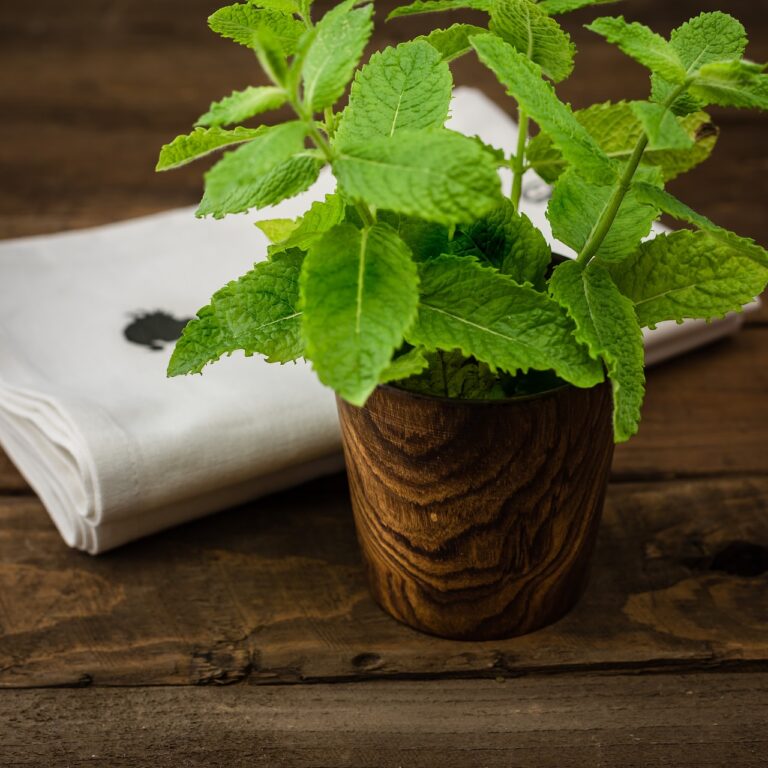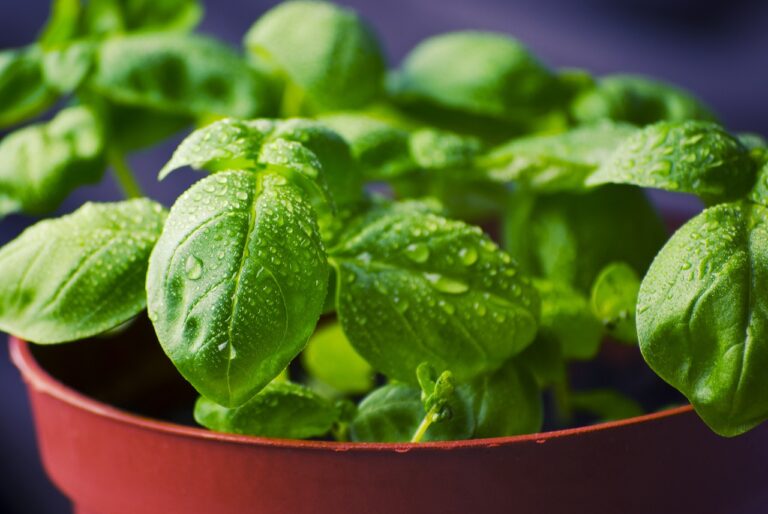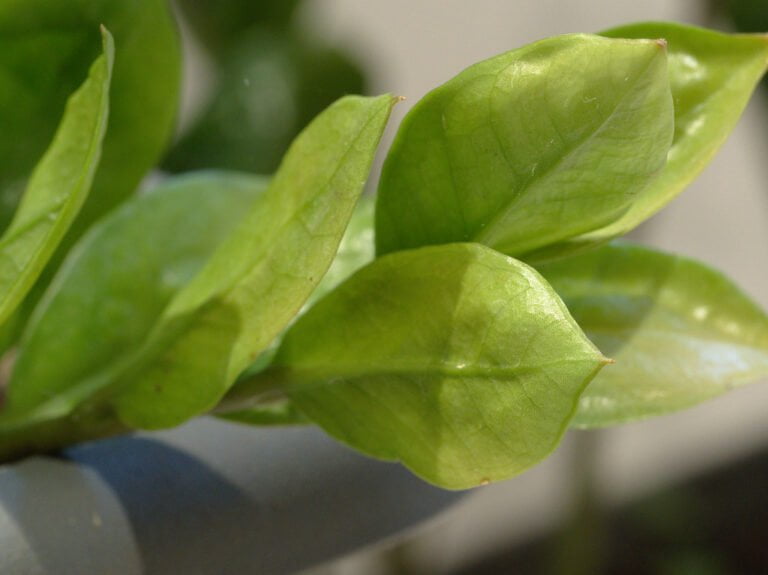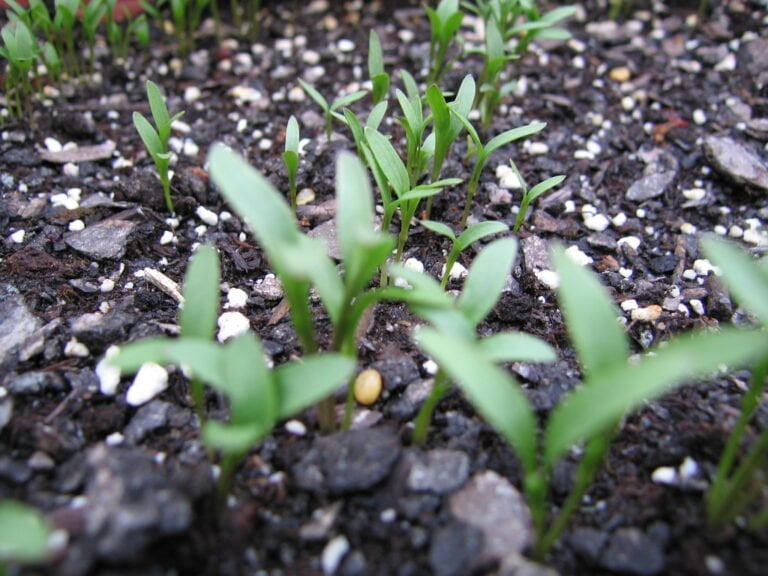Understanding the Propagation of Philodendron Plants
Are you ready to expand your philodendron collection? In this article, we will guide you through the process of understanding the propagation of philodendron plants. From essential tools to step-by-step instructions, we’ll provide you with practical tips and techniques to successfully propagate your beloved philodendrons. Whether you’re a beginner or an experienced plant enthusiast, get ready to learn how to multiply your philodendron plants and create a thriving indoor jungle. Let’s dive in and start propagating!
Benefits of Philodendron Plant Propagation
One benefit of propagating philodendron plants is that it allows you to easily multiply your plant collection by using cuttings from existing plants. This method of propagation is a practical and cost-effective way to expand your garden or share plants with others. By taking cuttings from healthy and mature philodendron plants, you can create new plants that are genetically identical to the parent plant. This means that you can propagate your favorite philodendron varieties and ensure that you have a steady supply of these beautiful plants. Additionally, propagating philodendron plants is a rewarding experience that allows you to connect with nature and develop your gardening skills. It also provides an opportunity to share the joy of gardening with others by gifting them with newly propagated philodendron plants.
Essential Tools for Propagating Philodendron Plants
To successfully propagate philodendron plants, you will need a few essential tools. First and foremost, a sharp pair of pruning shears is crucial for taking cuttings from the parent plant. Make sure the shears are clean and sanitized to prevent the spread of any potential diseases. Additionally, having a clean and sterile knife or razor blade is essential for making clean cuts on the stem of the cutting. This helps to promote healthy growth and prevent any infections. A rooting hormone is also beneficial for encouraging root development in the cuttings. Lastly, having small pots or containers filled with a well-draining potting mix will provide a suitable environment for the cuttings to establish roots. These essential tools will set you up for success when propagating philodendron plants.
Choosing the Right Propagation Method for Philodendrons
When propagating philodendron plants, it is important to consider the most suitable method for your needs and preferences. There are several propagation methods to choose from, each with its own advantages and considerations. One common method is stem cutting, where you take a healthy stem from the mother plant and root it in water or soil. This method is relatively easy and has a high success rate. Another option is air layering, which involves creating a small wound on the stem and covering it with a moist medium to encourage root growth. This method is useful for plants with harder stems or for those that are difficult to propagate through other methods. Lastly, you can also propagate philodendrons through division, which involves separating the plant into multiple parts with their own roots. This method is suitable for mature plants with multiple stems or offshoots. Consider your skills, resources, and the specific needs of your philodendron plant when choosing the right propagation method.
Understanding the Life Cycle of Philodendron Plants
To understand the life cycle of philodendron plants, you need to observe their growth and development over time. Philodendrons start their journey as seeds or cuttings, which are then planted in a suitable growing medium. As they germinate, tiny roots emerge, seeking nutrients and water from the soil. The plant then begins to develop its first set of leaves, known as the juvenile phase. During this stage, the leaves are typically smaller, less lobed, and often have a different shape compared to mature leaves. As the plant grows, it enters the adult phase, characterized by larger, more complex leaves. Eventually, philodendrons may produce flowers, although this is a rare occurrence for indoor plants. Understanding the life cycle of philodendron plants allows you to care for them properly, ensuring their healthy growth and development.
Step-by-Step Guide to Propagating Philodendron Cuttings
To propagate philodendron cuttings, you will need to follow a step-by-step guide that ensures successful reproduction of these plants. First, select a healthy and mature philodendron plant from which to take cuttings. Look for stems that are about 6-8 inches long and have at least two to three nodes. Using a sharp and clean pair of pruning shears, make a clean cut just below a node. Remove any leaves from the bottom half of the cutting. Then, dip the cut end of the cutting in a rooting hormone powder to promote root growth. Next, prepare a well-draining potting mix and plant the cutting about 2 inches deep. Water the cutting thoroughly and place it in a warm and bright location, but away from direct sunlight. Mist the cutting regularly to maintain humidity. In around 4-6 weeks, your philodendron cutting should develop roots and be ready for transplantation into a larger pot.
Common Mistakes to Avoid When Propagating Philodendrons
One common mistake to avoid when propagating philodendrons is neglecting to provide proper care and attention during the rooting process. Philodendrons require a stable and humid environment for successful rooting. It is important to keep the rooting medium consistently moist but not overly wet, as excessive moisture can lead to root rot. Additionally, providing a warm and bright location will encourage root growth. Another mistake to avoid is using an inappropriate rooting medium. Philodendrons prefer a well-draining mixture that consists of equal parts peat moss, perlite, and vermiculite. Using a heavy or compacted soil can hinder root development. Lastly, neglecting to monitor and adjust the moisture level of the rooting medium can also lead to failure. Regularly check the moisture level and adjust accordingly to ensure the philodendron cutting has the best chance of successfully rooting.
Tips for Successful Philodendron Plant Division
For successful philodendron plant division, you will need to carefully separate the root ball using a sharp, sterilized knife or shears. Start by removing the plant from its pot and gently shaking off the excess soil. Inspect the root ball and identify natural divisions or clusters of roots that can be separated into individual plants. Make sure to use a clean and sharp tool to prevent damage or infection. Slowly and carefully cut through the root ball, ensuring that each division has enough roots to sustain itself. Once divided, plant each section in a well-draining potting mix and water thoroughly. Place the newly divided plants in a warm and humid environment to encourage root growth. Regularly monitor the moisture levels and provide adequate light for optimal growth. With proper care and attention, your philodendron plants will thrive and multiply.
Exploring Advanced Techniques for Philodendron Propagation
If you want to take your philodendron propagation skills to the next level, try exploring advanced techniques. These techniques require a bit more knowledge and experience, but they can yield impressive results. One advanced technique is air layering, which involves creating a small incision on a healthy stem and then wrapping it with moist sphagnum moss. This encourages the growth of new roots in the wrapped section, which can then be cut and potted as a separate plant. Another advanced technique is tissue culture, which involves taking small tissue samples from the plant and placing them in a sterile nutrient medium to encourage the growth of new plants. This method allows for rapid multiplication and propagation of philodendron plants. By exploring these advanced techniques, you can expand your philodendron propagation repertoire and achieve even greater success in growing and sharing these beautiful plants.
Troubleshooting Common Issues in Philodendron Plant Propagation
One common issue that you may encounter is root rot. This occurs when the roots of the plant are constantly sitting in water, leading to fungal growth and decay. To prevent root rot, ensure that your philodendron is potted in well-draining soil and that excess water is allowed to drain away. Another issue you may face is yellowing leaves. This can be caused by overwatering, nutrient deficiencies, or insufficient light. Adjusting your watering schedule, providing the necessary nutrients, and placing your plant in a spot with adequate light can help resolve this problem. Remember to always monitor your philodendron plants closely and make adjustments as needed to ensure their successful propagation.
Expanding Your Philodendron Collection Through Propagation
To expand your philodendron collection through propagation, continue applying the advanced techniques discussed earlier, ensuring the successful growth and development of new plants. Start by selecting healthy parent plants with desirable characteristics. Take cuttings from the parent plant, making sure to use sharp, clean tools to prevent disease transmission. Remove any lower leaves from the cutting and dip the cut end in rooting hormone to promote root development. Plant the cutting in a well-draining potting mix and place it in a warm and humid environment. Mist the cutting regularly to maintain high humidity levels. Monitor the moisture levels in the soil and water when necessary, making sure not to overwater. In a few weeks, you should see new growth indicating successful propagation. Continue caring for the new plants, providing them with adequate light, water, and nutrients to ensure their healthy growth. With patience and proper care, you can expand your philodendron collection and enjoy the beauty of these plants in your home.
Conclusion
In conclusion, propagating philodendron plants is a rewarding and practical way to expand your collection. By understanding the life cycle of philodendrons and following the step-by-step guide for propagation, you can successfully grow new plants from cuttings. With the right tools and techniques, you can also explore advanced methods such as plant division. Troubleshooting common issues will ensure healthy growth, allowing you to enjoy the benefits of a thriving philodendron collection. Happy propagating!

